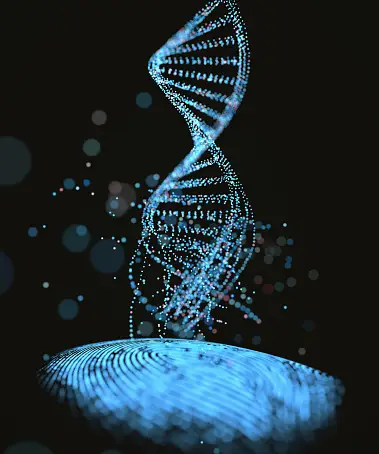
Aliens
November 13, 2023
Biosignature Identification
The article https://www.ncbi.nlm.nih.gov/books/NBK540092/ discusses the identification and interpretation of biosignatures, which are patterns or substances that indicate the presence of life. Key points include:
- Definition of Biosignatures: Traditionally, biosignatures are defined as objects, substances, or patterns whose origin requires a biological agent. This includes cellular and extracellular morphologies, biogenic fabrics in rocks, bio-organic molecular structures, atmospheric gases, and more. These features must be complex and/or abundant, retaining a diagnostic expression of life's attributes.
- Criteria for Biosignatures: Biosignatures must be complex, abundant, and have a diagnostic expression of life's attributes. Their formation by non-biological processes should be highly improbable.
- Evolution in Biosignature Science: Over the past 20 years, there has been significant progress in biosignature science. The search for past life's signs is not just about the probability of life producing them but also the improbability of non-biological processes doing so.
- Candidate Biosignatures: Candidate biosignatures are ranked based on reliability, survivability, and detectability. Only the Viking mission has rigorously searched for in situ biosignatures on another planet.
- Advancements in Biosignature Research: Since the publication of the 2015 Astrobiology Strategy, biosignature research has advanced in four major areas, including the search for novel biosignatures, understanding abiosignatures, determining biosignature survivability, and developing a framework for interpretation.
- In Situ Biosignatures: The search for in situ biosignatures focuses on microbial life, utilizing indicators such as enantiomeric and isotopic distribution of organic compounds, mass spectrometry, gas chromatography–mass spectrometry, and more. Specific patterns in compound abundances are considered biosignatures.
- Future Research Needs: Ongoing research is needed to identify novel biosignatures for in situ life searches, especially for icy worlds, subsurface organisms, and chemoautotrophic microorganisms.
This emphasizes the evolution of biosignature science, the importance of considering both probability and improbability in the search for life, and the ongoing efforts to identify and interpret biosignatures in various environments, from other planets to icy worlds.



